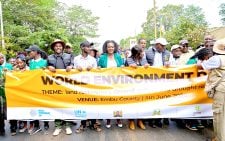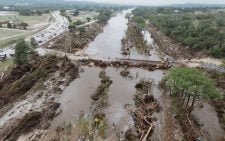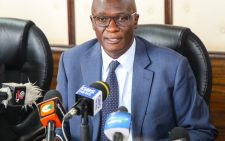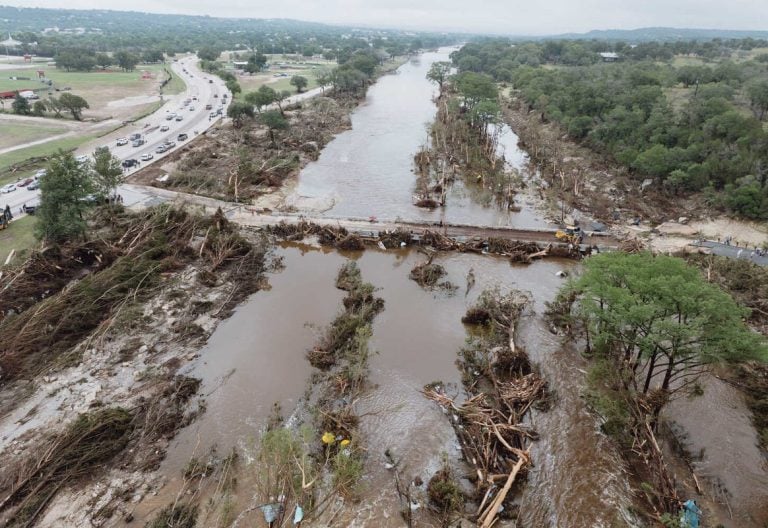How greed robbed the community of Muumandu Forest block
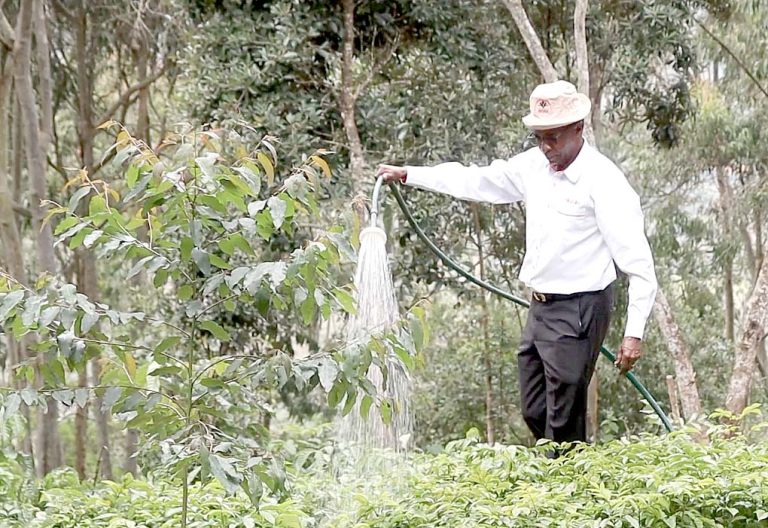
The Muumandu Forest block has a size of 139.2 hectares, which is approximately 344 acres and is an important water tower in Machakos County.
Before 1980, a canopy of various indigenous trees, wildlife, among other biodiversity covered the forest.
But after 1980, unscrupulous loggers cleared all indigenous trees in Muumandu Forest; the environmental crime that went on for 40 years unabated as authorities reportedly looked the other way.
Julius Mulinge, the Chairman of Muumandu Kalimanzalu Community Forest Association, said greed robbed the community of a process heritage.
“The indigenous trees were felled in the guise that they were infested by pests, which was a big lie,” Mulinge said.
Growing in the area, Mulinge said rainfall was a norm and the community practised agriculture compared to other parts of Machakos that are usually dry due to unpredictable rainfall.
“After massive logging, rainfall became a thing of the past, wildlife vanished, and our hill was left bare,” he recalled.
But after years of suffering, Mulinge, together with other community members who were environmentally consciou,s formed Community Based Organisations to help in reclaiming it and also to engage with the Kenya Forest Service (KFS).
“After many years of sacrifice and engagement with KFS, donors and like-minded people, Isuzu East Africa came and changed how we conserve the forest,” he said.
According to Dr Michael Musyoka, Manager in charge of Corporate Research, Sustainability, Monitoring and Evaluation at Isuzu East Africa, their choice of Muumandu was strategic and aimed to save this iconic hill, Muumandu.
Dr Musyoka reveals that they started in 2014 when they planted 1100 trees in 2.4 acres.
“We watched seedlings for one year and realised their survival rate was 70 per cent,” he said.
Dr Musyoka pointed out that they realised they could not achieve much with a 70 per cent survival rate, noting that the biggest challenge was water due to erratic rainfall patterns in the region.


